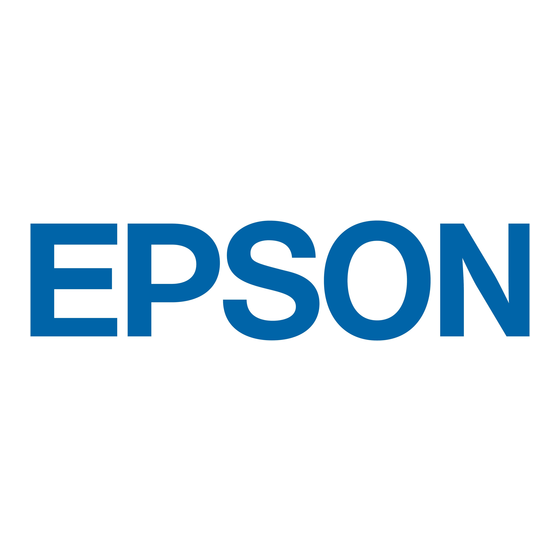Epson 7850p - PowerLite XGA LCD Projector Manual de información del producto - Página 5
Navegue en línea o descargue pdf Manual de información del producto para Software Epson 7850p - PowerLite XGA LCD Projector. Epson 7850p - PowerLite XGA LCD Projector 25 páginas. Release of check tool for network projectors v1.00 for windows
También para Epson 7850p - PowerLite XGA LCD Projector: Manual del usuario (42 páginas), Manual de instrucciones (36 páginas), Manual del usuario (12 páginas), Piezas de recambio (1 páginas), Manual de instrucciones (47 páginas), Boletín de asistencia sobre productos (30 páginas), Manual de instalación (5 páginas), Configuración rápida (2 páginas), Folleto y especificaciones (2 páginas), Resumen técnico (7 páginas), Boletín de asistencia sobre productos (25 páginas), Boletín de asistencia sobre productos (38 páginas), Boletín de asistencia sobre productos (12 páginas), Boletín de asistencia sobre productos (42 páginas), Boletín de asistencia sobre productos (22 páginas), Boletín de asistencia sobre productos (28 páginas), Boletín de asistencia sobre productos (41 páginas), Boletín de asistencia sobre productos (34 páginas), Boletín de asistencia sobre productos (38 páginas), Boletín de asistencia sobre productos (28 páginas), Boletín de asistencia sobre productos (15 páginas), Boletín de asistencia sobre productos (22 páginas)

